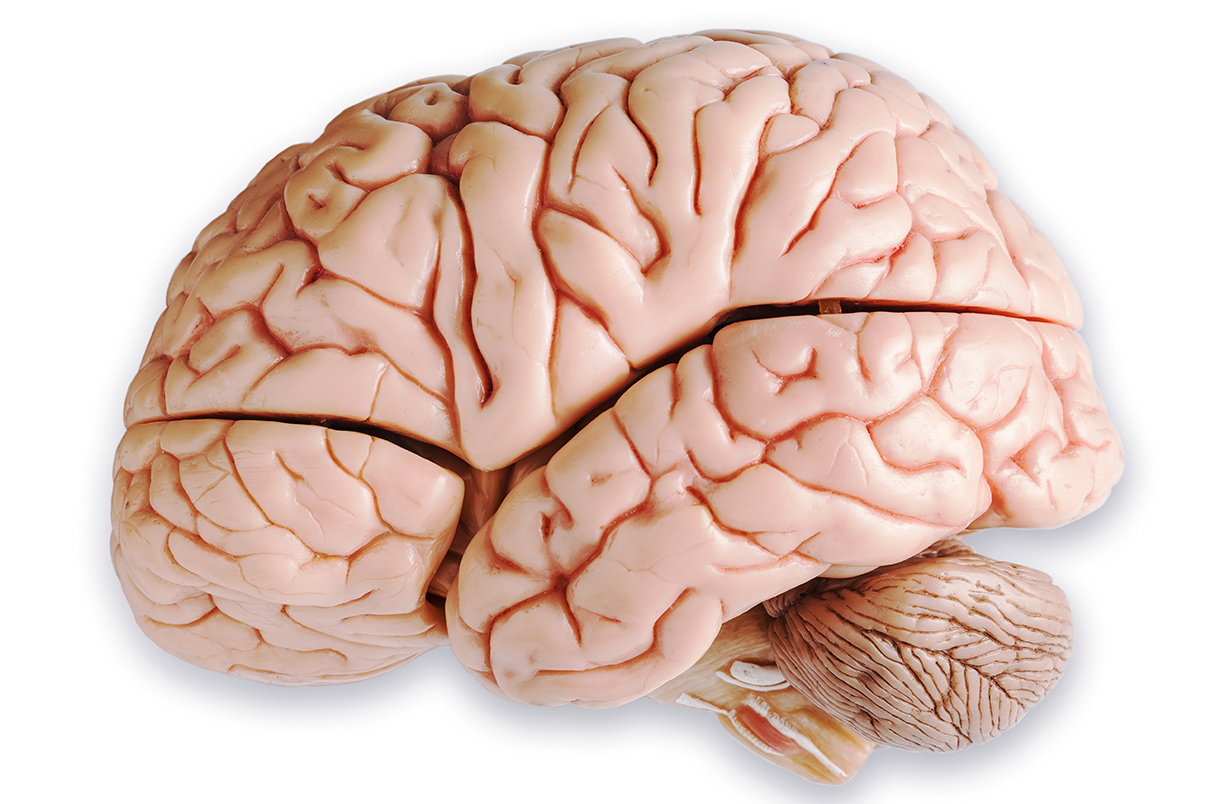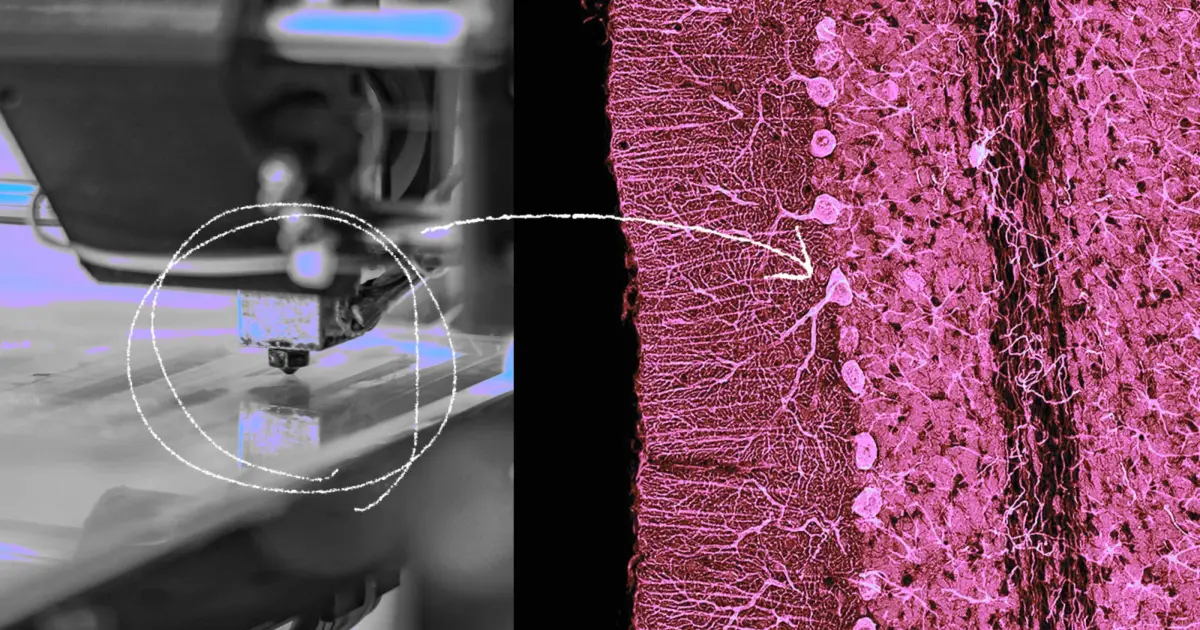Researchers at the University of Wisconsin–Madison have achieved a groundbreaking milestone by developing the world’s first 3D-printed brain tissue that behaves similarly to natural brain tissue, marking a significant advancement in neurological and neurodevelopmental disorder research.
This pioneering 3D-printing technique employs a horizontal layering approach and utilizes a softer bio-ink, enabling neurons to interconnect and form networks akin to human brain structures.
The precise control over cell types and their arrangements offers unprecedented opportunities to study brain functions and disorders in a controlled environment.
This development opens new avenues for drug testing and enhances understanding of brain development and diseases such as Alzheimer’s and Parkinson’s.
Key Facts:
- The 3D-printed brain tissue can form networks and communicate through neurotransmitters, mimicking interactions observed in human brains.
- This new printing method allows precise control over cell types and arrangements, surpassing the capabilities of traditional brain organoids.
- The technique is accessible to many labs and does not require specialized equipment or culture methods, potentially revolutionizing the study of various neurological conditions and treatments.
Professor Su-Chun Zhang, from UW–Madison’s Waisman Center, emphasized the transformative potential of this achievement for neuroscience and the treatment of neurological disorders.
He highlighted the tissue’s thin structure, which facilitates adequate oxygen and nutrient supply to neurons from the growth medium, enhancing its viability.
Previous attempts at printing brain tissue faced limitations due to the vertical layering approach traditionally used.
In contrast, Zhang’s team adopted a horizontal method, embedding neurons derived from induced pluripotent stem cells into a softer bio-ink gel.
“Our tissue stays relatively thin and this makes it easy for the neurons to get enough oxygen and enough nutrients from the growth media,” explained Yuanwei Yan, a scientist in Zhang’s lab.
The results are striking: the printed neurons establish connections within each layer and across multiple layers, forming networks that closely resemble natural brain functions.
They communicate via neurotransmitters and interact with support cells added to the tissue.

“We printed the cerebral cortex and the striatum and what we found was quite striking,” Zhang commented.
“Even when we printed different cells belonging to different parts of the brain, they were still able to talk to each other in a very special and specific way.”
The precision of this printing technique surpasses that of brain organoids, which grow with less organization and control.
Zhang highlighted the versatility of their approach, enabling the creation of customized tissue models to study diverse aspects of brain function and pathology.
“Our brain tissue could be used to study almost every major aspect of what many people at the Waisman Center are working on,” Zhang noted.
“It can be used to look at the molecular mechanisms underlying brain development, developmental disabilities, neurodegenerative disorders, and more.”
This accessibility extends to other laboratories, as the technique does not demand specialized bio-printing equipment or complex culturing methods.
It leverages standard imaging techniques and microscopes already prevalent in the field, facilitating widespread adoption and further innovation.
Looking ahead, Zhang and his team aim to enhance their bio-ink and refine printing equipment to enable the precise orientation of cells within printed tissues.
This continuous refinement promises to unlock new potentials in neuroscience research and therapeutic development.
“Our printer is currently a benchtop commercialized one,” Yan remarked. “With some specialized improvements, we can tailor it to print specific types of brain tissue on-demand.”
The development of 3D-printed brain tissue represents a monumental stride towards deeper insights into brain function and disorders, heralding a new era in neuroscience research and therapeutic discovery.
